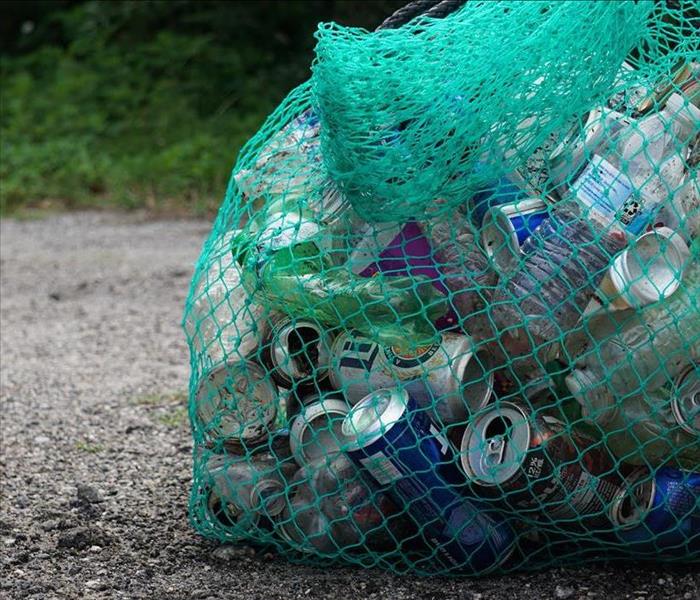The Burning Consequence: How Littering Increases the Risk of Fires Around Homes and Businesses
7/7/2023 (Permalink)
Picture a serene neighborhood with beautifully landscaped gardens and bustling commercial areas that are home to thriving businesses. Now, imagine this idyllic scene marred by the devastating consequences of a fire. One of the lesser-known factors that contribute to the escalation of such fires is littering. Let's examine the often overlooked link between littering and the increased risk of fires surrounding homes and businesses.
Ignition Sources
Discarded litter serves as potential ignition sources, especially in dry and flammable environments. Cigarette butts, matchsticks, and other smoldering materials can easily ignite and spark a fire when they come into contact with dry grass, leaves, or other combustible materials. As litter accumulates around residential areas and commercial spaces, the probability of accidental ignition rises, putting properties and lives at risk.
Chemical Reactions
Certain types of litter, such as hazardous waste or chemical containers, pose an even greater threat. When improperly disposed of, these materials can react with each other or with the environment, leading to fires and explosions. Chemical reactions can occur due to the mixture of incompatible substances, exposure to heat or sunlight, or the accumulation of reactive materials in close proximity. Negligent littering not only endangers lives but can also have severe ecological consequences.
Blocked Drainage Systems
Litter, particularly plastic waste, can accumulate in storm drains, gutters, and other drainage systems. When these pathways become blocked, they hinder the smooth flow of water during rainstorms or firefighting efforts. This obstructed drainage can cause water to accumulate in undesired areas, increasing the risk of flooding and hindering fire suppression efforts when they are needed the most.
Fuel for Fires
The presence of litter, especially in urban or suburban areas, provides ample fuel for fires to spread rapidly. Dry vegetation, fallen leaves, and trash can act as kindling, enabling flames to engulf larger areas. Once a fire starts, it can easily jump from one piece of litter to another, rapidly intensifying and endangering nearby homes and businesses. The accumulation of litter also creates an additional challenge for firefighters, as it obstructs their access to affected areas.
Wind-Driven Fires
Wind can play a significant role in spreading fires, and littered areas are more susceptible to wind-driven blazes. Lightweight litter, such as paper, plastic bags, or discarded packaging, can be easily carried by gusts of wind, depositing them in nearby open spaces, trees, or buildings. These scattered fragments become potential fuel sources, increasing the likelihood of secondary fires and making fire containment more challenging.
Littering may seem like a minor offense, but its impact on fire risk cannot be ignored. From ignition sources to blocked drainage systems and the provision of abundant fuel for flames, discarded trash can quickly transform into a devastating fire hazard. Raising awareness about the correlation between littering and fire risks is crucial for fostering responsible waste management practices. By promoting proper disposal, recycling, and community involvement, we can work together to reduce the risk of fires around our homes and businesses, ensuring a safer and more resilient environment for everyone.

 24/7 Emergency Service
24/7 Emergency Service
